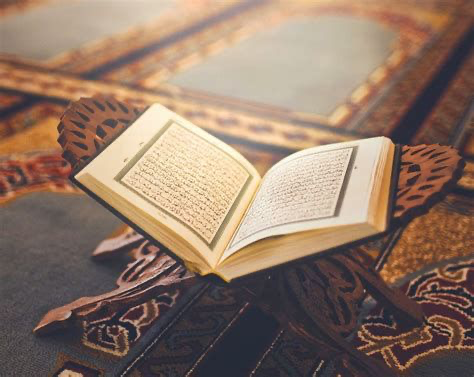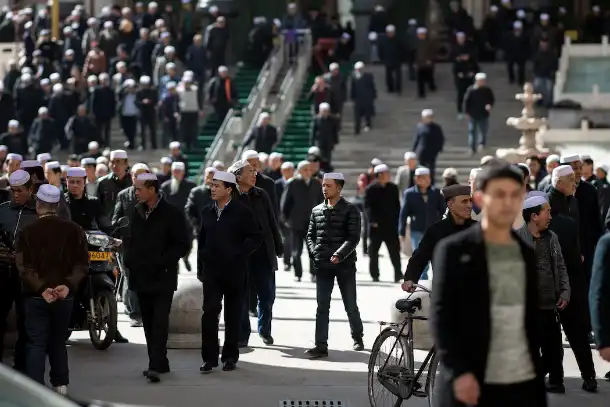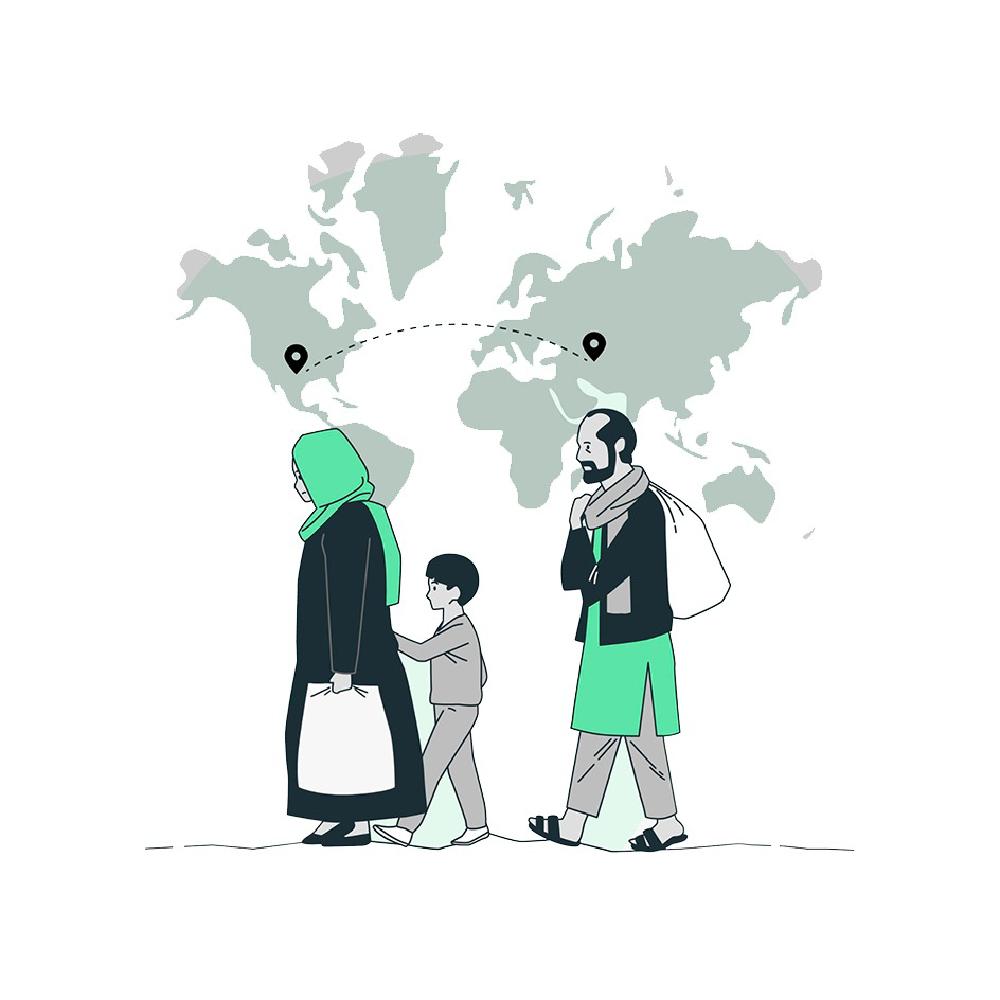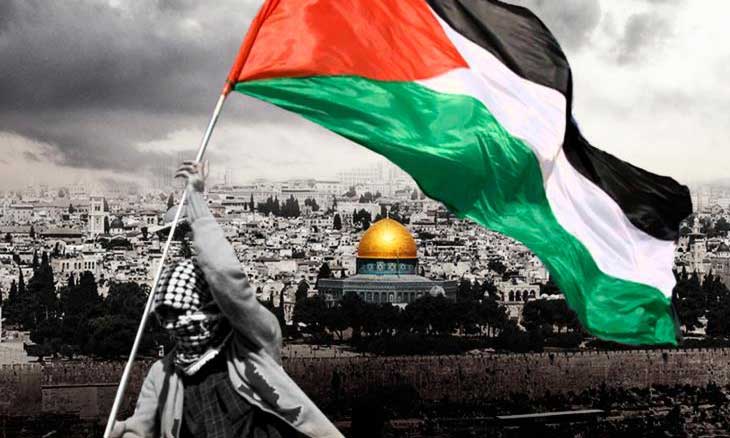The Zionist Movement in the United States (2/10)
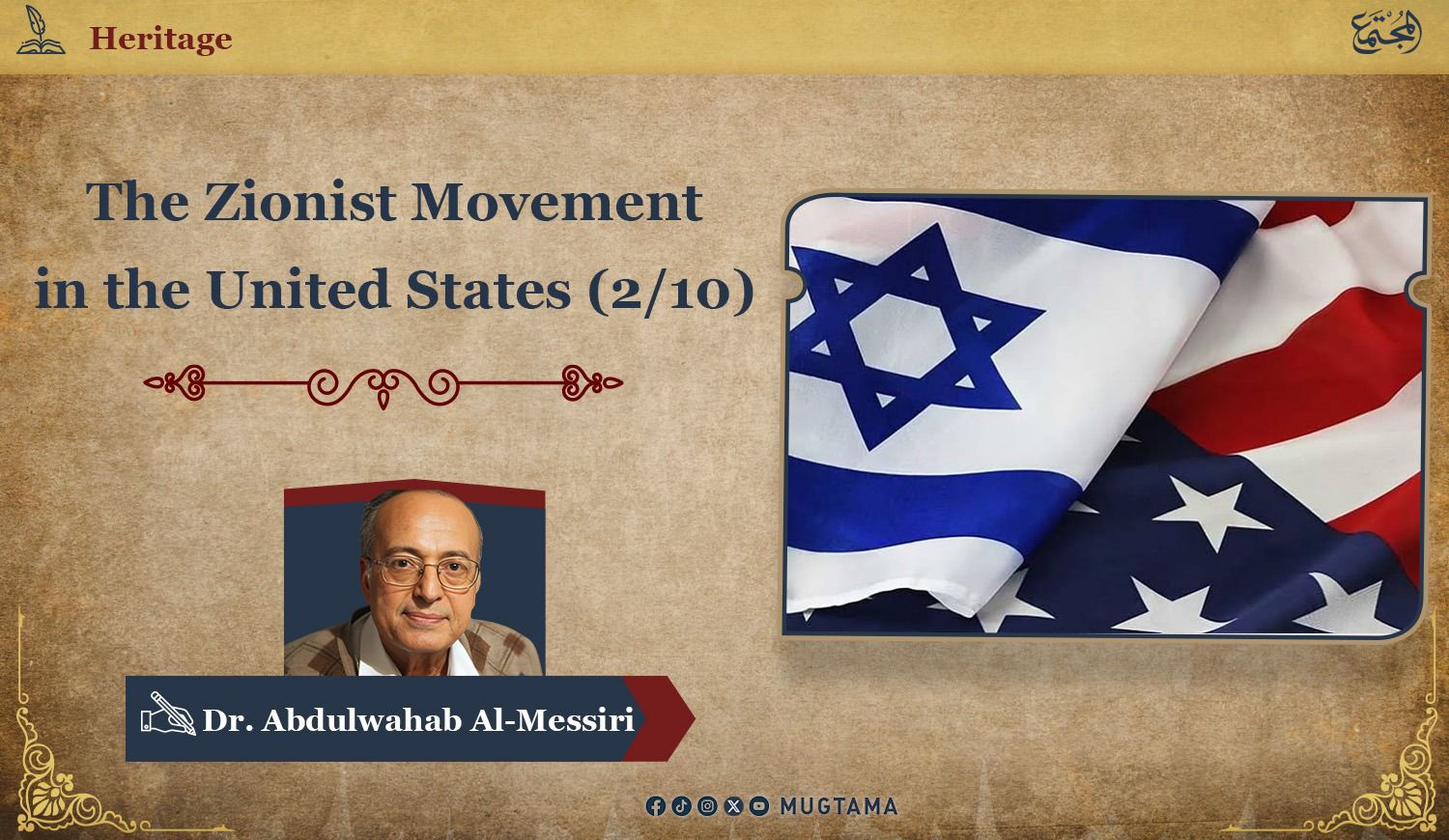
The
significance of the American Zionist Organization diminished after the
establishment of the Zionist entity, particularly since the declaration of the
state brought to the surface the latent contradiction between the
settlement-oriented Zionists and the integrationist Zionists, sparking debate
over the role and mission of each. In order to justify its historical
continuity, the organization designated itself as “the cutting edge of American
Jewry,” affirming that it had contributed to the founding of the State of
Israel. Its current role is defined as defending Israel. The organization
adopts the policies of Israel’s Likud alliance and adheres to official Israeli
policy. Today, its activities are mainly focused on fundraising for Israel,
promoting its cause, and lobbying on its behalf in the United States.
It
monitors the activities of the U.S. Congress, the White House, and American
government offices, distributing memoranda related to Israel to government
officials and the media. The organization is also concerned with Zionist
education and what is referred to as “Hebrew culture.” It has an affiliated
youth movement active in American schools and universities, which organizes
visits for young American Jews to Israel. The organization also operates in
Israel itself, having established the Organization House in 1953 and the Kfar
Silver educational complex in Ashkelon in 1955, both of which provide cultural
and educational services.
Like
other Zionist organizations, the American
Zionist Organization suffers from a decline in its importance and
effectiveness. Since 1967, there has been little to distinguish Zionist
organizations from non-Zionist ones in terms of working for Israel, promoting
its cause, raising funds, and lobbying on its behalf. In fact, non-Zionist
organizations, which possess greater organizational experience and a broader
popular base, have carried out this role with greater efficiency and
effectiveness.
The
American Zionist Organization is a tax-exempt organization, with its current
membership estimated at around 45,000, down from 165,000 in 1950. It publishes
a quarterly journal and a weekly information bulletin.
The
American Zionist Organization is one of the Zionist bodies and a member of the
Confederation of General Zionists Worldwide (which is distinct from the
American branch of the World Zionist Organization). It also differs from the
American Zionist Federation.
Hadassah
Hadassah is a Hebrew word meaning “myrtle tree” or “basil tree,” and it is also
used as the name of the biblical Queen Esther. Hadassah is an American Zionist
women’s organization founded by Henrietta Szold in 1912, when she and a group
of women from the Daughters of Zion study circles decided to expand into a
national organization. Today, it is considered the largest Zionist women’s
organization in the world, with an estimated membership of about 370,000.
At
its founding, Hadassah defined its goals as promoting Jewish and Zionist
education in the United States on the one hand, and improving health conditions
within the Jewish settler community in Palestine on the other. To that end,
Hadassah began with nursing and the training of nurses in Palestine. Its
activities in Palestine started on a small scale in 1913, but expanded in 1918
when it joined with the American Zionist Organization and the American Jewish
Joint Distribution Committee in sending the American Zionist Medical Unit to
Palestine, which later became known as the Hadassah Medical Organization.
Since
then, Hadassah has contributed to the establishment of health centers,
hospitals, medical units, and childcare centers. In 1936, it inaugurated the
Hadassah Medical Center at the Hebrew University. Hadassah also developed
educational programs, opened schools and vocational training centers, and set
up nurse training institutes. Moreover, it worked closely with the Jewish
National Fund (JNF), and since 1926 committed itself to sponsoring twenty
special JNF projects every three years.
Hadassah
has, in fact, contributed to the reclamation and cultivation of hundreds of
thousands of dunams of land and the planting of millions of trees. It has
described itself as “a major partner of the Jewish National Fund” and claims to
be “the largest single contributor [to it] in the world.
Among
Zionist organizations worldwide, Hadassah is considered the largest
contributor to youth immigration. Between 1935 and 1970, it spent nearly $60
million in this field and worked on the settlement and integration of 135,000
individuals in Palestine. It is regarded as the principal Zionist organization
in the United States engaged in youth immigration, providing nearly 40% of the
annual budget required for this purpose.
In
the United States, Hadassah’s activities are primarily focused on education and
cultural programs. It develops curricula for teaching what is referred to as
“Jewish heritage and history” as well as the Hebrew language. It also provides
the American public with information about Israel, its development, and its
security. Before the establishment of the Zionist state, Hadassah members
conducted publicity tours throughout the United States in an effort to prepare
public opinion for the acceptance of the Zionist idea and to persuade people of
the reasons behind world Jewry’s particular interest in the land of Palestine.
Today, they promote Israel and raise funds for the organization’s programs and
projects in the Zionist state.
Hadassah
sponsors the Zionist Affairs Program, which works to advance Zionist interests
through education, advocacy, and coordination with other Jewish and Zionist
organizations affiliated with Hadassah. The organization places special
emphasis on youth and has an affiliated youth movement called Hashachar
(“The Dawn”), through which it offers diverse programs on Jewish identity
within a Zionist framework, held in its summer camps and year-round clubs.
Hadassah also organizes leadership training sessions, Israeli cultural
programs, and summer trips for young people to Israel. Furthermore, it trains
Jewish students in American universities to establish Zionist centers on campus
and to confront groups opposing Israel and Zionism or expressing sympathy with
the Palestinian cause.
Hadassah
is registered as a religious organization (despite having no connection to
religion), which exempts it from submitting an annual public report, and it is
also tax-exempt. The National Board serves as Hadassah’s highest authority,
convening twice a year to deliberate on major policy decisions, while secondary
political decisions are made by the Executive Board.
To
safeguard its tax-exempt status, a parallel body affiliated with Hadassah—the
Hadassah Medical Relief Association—channels funds to Israeli projects, while
Hadassah itself undertakes activities within the United States. The
organization is a member of the American Zionist Federation and is linked to
the World Zionist Organization through the non-partisan World Confederation of
United Zionists. It is also a member of the Conference of Presidents of Major
American Jewish Organizations, holds NGO status at the United Nations, and
enjoys observer status at the U.S. Mission to the UN.
In
1983, Hadassah decided to transform itself into an international organization,
after having remained solely American until that date. This shift allowed it to
establish groups outside the United States that could be linked to the Hadassah
Medical Relief Association in order to channel funds to Israel. In the fiscal
year 1982/1983, Hadassah’s expenditures amounted to approximately $49 million.
The Association of Reform Zionists of America (ARZA)
The
Association of Reform Zionists of America (ARZA) is an American Zionist
organization founded in 1977. Its acronym derives from the Hebrew phrase Artza,
meaning “to the homeland.” The emergence of ARZA in the United States is
regarded as one of the most significant developments in the history of the
Zionist movement, as it represents Reform Jews—who had traditionally opposed
Zionism since the rise of the Reform movement, a stance that gradually eroded
after the establishment of the Zionist state. Since 1973, enriching and
strengthening the State of Israel—seen as the living embodiment of eternal
Jewish values—has become one of the declared goals of Reform Judaism in the
United States.
In
1973, the World Union for Progressive Judaism (the international arm of the
Reform movement) joined the World Zionist Organization as an international
Jewish body (non-partisan), which meant it did not enjoy full rights and
privileges. At that point, Reform leaders began considering the creation of a
Zionist organization entitled to full membership that could represent the
interests of the Reform movement within the Zionist establishment.
Consequently, the Association of Reform Zionists of America (ARZA) was founded
in 1977, gaining full membership in the organization. This meant that ARZA
became a partisan international Zionist federation, and nine of its
delegates—with voting rights—were sent to the 29th Zionist Congress (1978).
The
organization embraces a fully Western-oriented, territorialism Zionist outlook.
Among its objectives are defending Israel’s security, assisting Americans who
wish to emigrate either individually or in small groups, encouraging tourism to
Israel, improving living standards within Israel, and promoting the development
of Israeli Reform Judaism.
The
Association of Reform Zionists of America (ARZA) maintains regular contact with
the White House, the U.S. State Department, and Congress in order to secure
continued American commitment to Israel. It also engages in advocacy on behalf
of the Israeli government.
ARZA
(the Association of Reform Zionists of America) belongs to the Union of
American Hebrew Congregations, the parent body of Reform Judaism. It is also a
member of the American Zionist Federation, represented on its executive
committee, and holds membership in the Conference of Presidents of Major
American Jewish Organizations as well as in the North American section of the
World Jewish Congress. Its membership grew from 9,500 in 1977 to 70,000 by the
mid-1980s.
ARZA
joined with similar Reform Zionist associations that had been established in
Canada, Britain, South Africa, Australia, and the Netherlands to form, in 1980,
the International Federation of Reform Zionist Organizations, known by its
Hebrew acronym Artzeinu (meaning “Our Land”). This federation was officially
recognized by the World Zionist Organization.
________________________________
Source: The Encyclopedia of Jews, Judaism, and Zionism
________________________




